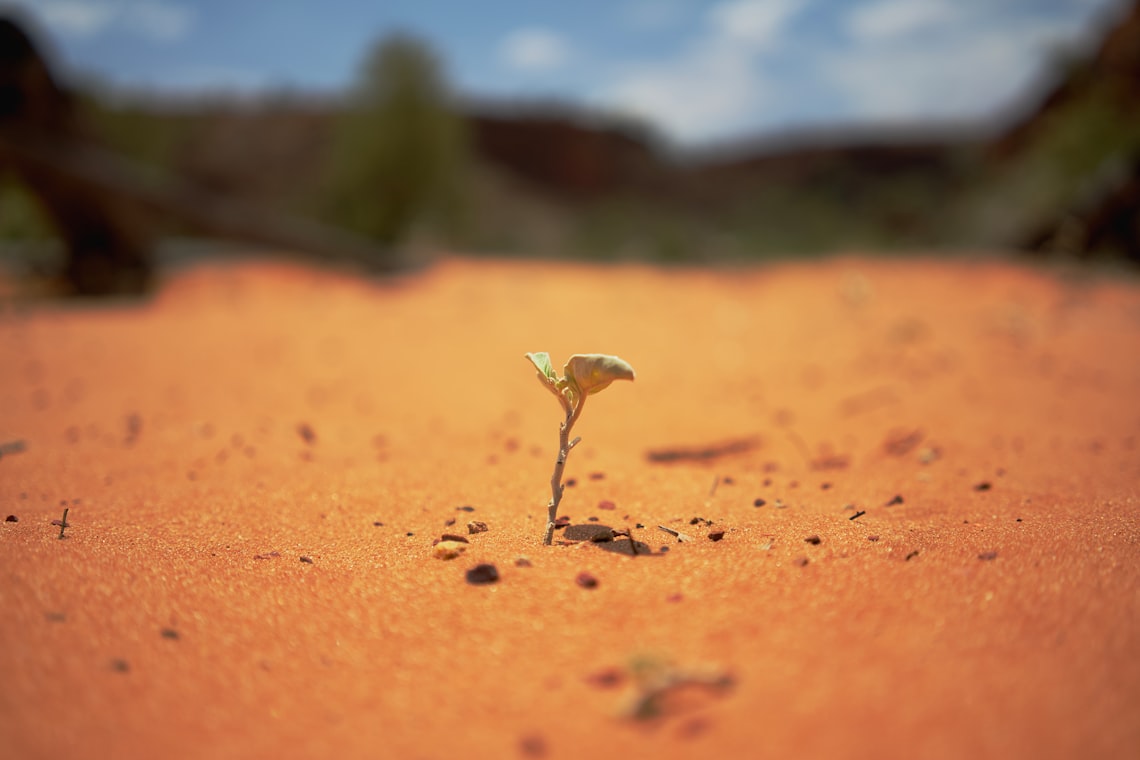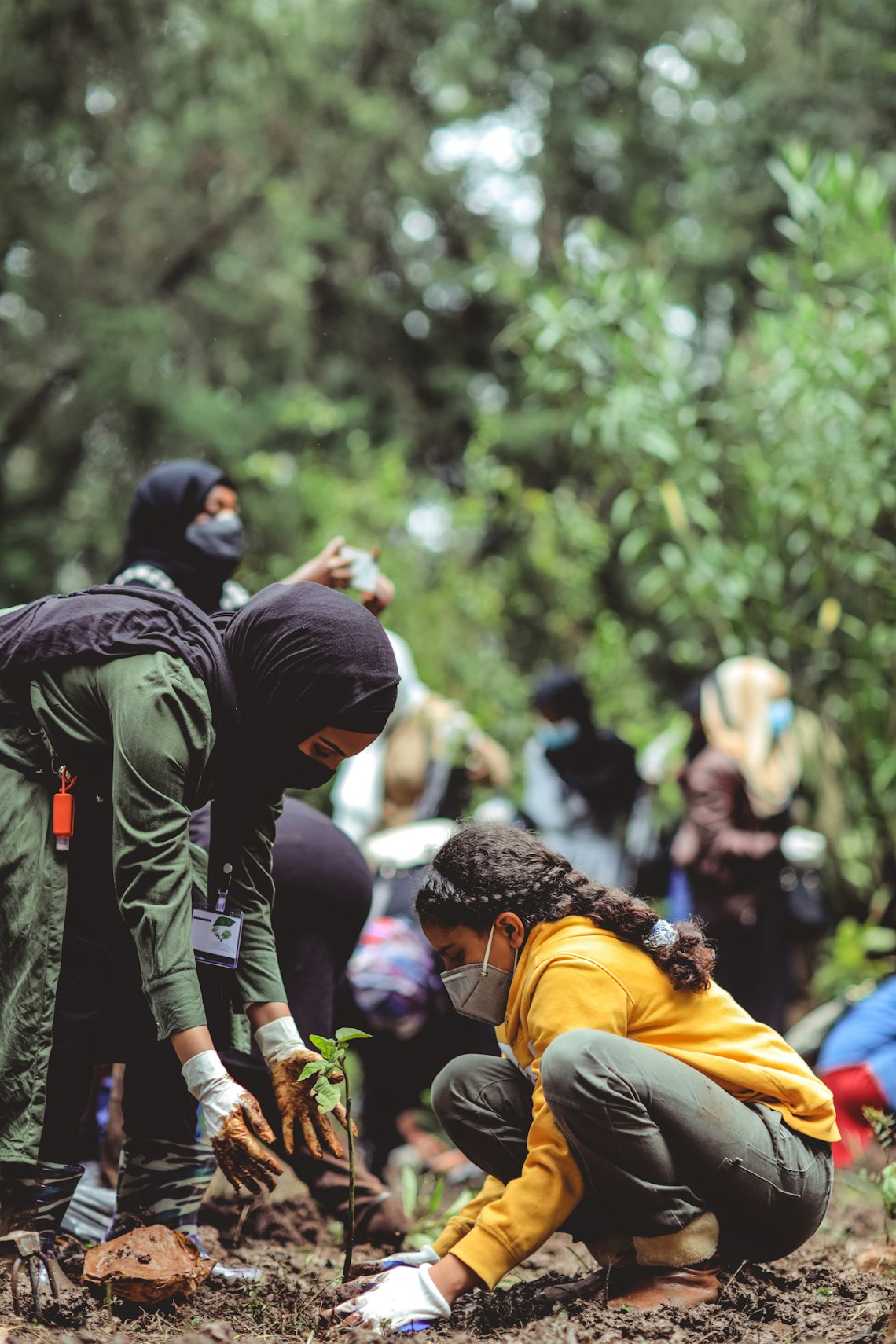Cedar reforestation is a crucial endeavor, preserving both tradition and biodiversity within our threatened mountain ecosystems. As pressures mount from deforestation and climate change, reforestation projects are vital to sustaining the delicate balance of nature.
The Importance of Cedar Trees in Traditional Forestry
Cedar trees have been an integral part of traditional forestry practices for centuries. Not only do they provide essential resources such as timber and habitat, but they also play a pivotal role in cultural traditions. These majestic trees are known for their longevity and durability, making them a symbol of resilience.
Reforestation projects focused on cedar trees help maintain these traditions, ensuring that future generations can continue to benefit from the unique properties these trees offer. By participating in these efforts, communities uphold a heritage that respects both the environment and cultural customs.
Preserving Mountain Ecosystems
Mountain ecosystems are incredibly diverse and host numerous endangered species that depend on cedar forests for survival. Unfortunately, these areas are particularly vulnerable to environmental changes, making cedar reforestation efforts increasingly important. By rejuvenating these forests, we are not only preserving tradition but also the intricate web of life within these ecosystems.
- Protection against soil erosion
- Habitat for wildlife
- Carbon sequestration
These key benefits highlight the extensive impact of cedar reforestation on biodiversity preservation and climate mitigation.
Effective Reforestation Projects: A Path Forward
Successful reforestation projects require collaboration between local communities, environmental organizations, and governmental bodies. By engaging in collective action, stakeholders can implement strategies that balance ecological needs with economic development.
Incorporating principles of ecological restoration, these projects aim to:
- Utilize native species suited to the local environment
- Engage local communities in sustainable forestry practices
- Monitor and adapt to changing environmental conditions
The Role of Advanced Techniques
Traditional methods are now being complemented with advanced techniques such as drone mapping and GIS technology to enhance the efficacy of reforestation efforts. These innovations allow for precise planting strategies and better management of mountain ecosystems, ensuring that cedar forests thrive.
A Call to Action: Support Cedar Reforestation
Inaction is not an option in the face of disappearing cedar trees and the threat to our mountain ecosystems. By supporting reforestation projects, you are playing a vital role in preserving tradition and biodiversity. Whether through volunteering, funding, or raising awareness, your contribution can have a lasting impact.
As we look to the future, it is clear that the health of our planet depends on efforts like these. Let us join hands in safeguarding the cedar forests, nurturing the endangered species that call these ecosystems home, and ensuring that the age-old practices of traditional forestry continue to flourish.




